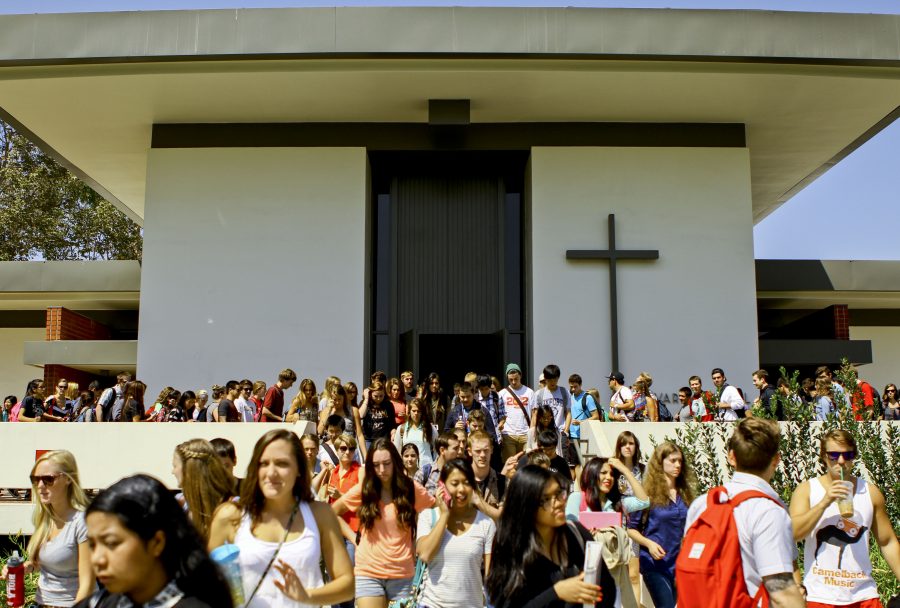For those who attend the one-time, on-campus farmers market on April 10 and find themselves craving more local produce, all is not lost. Although not every week is Creation Stewardship Week, the Los Angeles and Orange County area has many farmers markets available, so you can continue practicing care towards the environment by consuming delicious local food.
The Orange Home Grown Farmers & Artisans Market is one such local gem, located approximately 20 minutes from Biola in downtown Orange.
ORANGE FARMERS MARKET
The Orange farmers market is open every Saturday, rain or shine, from 9 a.m. to 1 p.m., according to the market’s website. It has been open for almost three years and it is run by a non-profit consisting of passionate Orange residents committed to opening a market for their area.
“You’ve got to either be a non-profit, a government entity or a farmer to own a farmers market,” said Megan Penn, board of directors vice president and one of the market founders. “We’re a bunch of local residents who came together … and we realized we, well we weren’t farmers and we weren’t the city, so we created a non-profit to run the market. And that took about two years to do before we opened our first market.”
COMMUNITY AND QUALITY
A sense of community is an important part of a farmers market, and it is strong at the Orange market, Penn said. Some of the vendors are businesses in Orange that come to sell their products and spread the word about their shop. Chefs from area restaurants often shop at the market as well.
“Getting to know the people that grow our food and bring our food to us is pretty awesome. Meeting people firsthand like that is not something you can experience if you’re just going to the grocery store,” Penn said.
All the food at the market originates from California, said Scott Fisher, a board member and the market’s special events coordinator and local chef liaison. All the food sold is local, meaning it all comes from California — and never from Mexico. While the majority is from Southern California, some comes from the San Luis Obispo area as well.
The food is simply better when it’s not shipped long-distance, Penn said.
“There’s a quality of freshness that students might not know if they don’t go to a farmers market and taste an apple from a farmers market that was picked yesterday,” Penn explained.
VARIETY OF VENDORS
The market hosts both certified organic farmers and non-certified farmers, Penn said. However, unlike at a supermarket, consumers at the market can ask the farmer directly about their practices when deciding what they buy. Although a farmer may not be certified organic, which can be difficult or expensive for farmers to receive, learning whether a farmer’s practices are healthy and environmentally friendly is a conversation away.
A variety of vendors are available at the Orange market, offering fresh produce, honey, cheese, meats and even artisan products like salsas, jams and bread. While choosing between 42 vendors may seem daunting, taking a leisurely stroll to see what is available can help. Some vendors may sell the same thing at different prices, so it’s better to peruse first and find the best deal, Penn said.
Walking around first has it’s perks since at a farmers market, a customer’s decision doesn’t have to be just based off how the food looks.
"You get to sample the food — you can’t really do that in a grocery store," Penn said.








